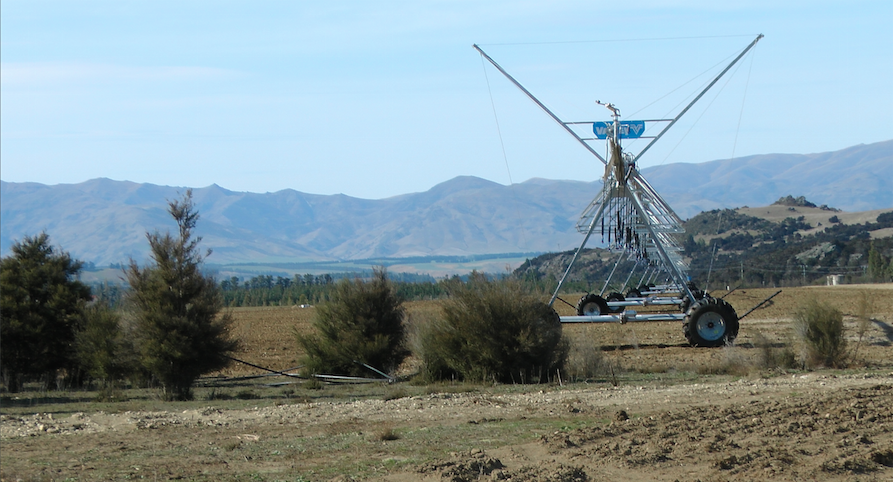Dryland Devastation
Drylands are disappearing rapidly, say Sue Maturin, Otago Southland regional manager, and Jen Miller, Canterbury and West Coast regional manager.

Drylands contain some of the least protected and most threatened native ecosystems and species in New Zealand. We’ve already lost more than 70 percent of the country’s original drylands, and only three percent are legally protected.
New Zealand’s dryland zone is located in the rain shadow east of the main mountain ranges and includes parts of the East Coast, Hawke’s Bay, Wellington, Nelson-Marlborough, Canterbury, Otago and Southland.
These areas have undergone huge changes in land use in the past century with a historical emphasis on pastoralism, but more recently on dairying, cropping, viticulture, horticulture, forestry and lifestyle blocks. Today they are disappearing before our eyes. Every time we travel through Central Otago or the Mackenzie Country, we see bulldozers flattening the indigenous herbs and grasslands, and resculpting the landscape for huge travelling irrigators that are now ascending slopes and terraces, as well as covering the lowlands.
In the Mackenzie country it is estimated that more than 6,000ha of dry outwash plains and herb fields have been converted to green irrigated exotic pastures in the last three years, and that’s on top of the huge losses that have occurred over the last decade.
There has been a massive decline in our moth fauna, many of which are endemic to the drylands. Some of these have flightless females or larvae that only feed on our native grasses and herbs. We don’t have the data to know if any have gone extinct, but it is highly likely. Endemic dryland species such as grand and Otago skinks face extinction within 10 years without active management.
Many more indigenous species are regionally threatened, concentrated in small refuges, with reduced regeneration. Their regional genetic diversity is being severely compromised, further limiting their resilience.
Forest & Bird is campaigning for large landscape scale protection in the Mackenzie Basin. We want the Government to do its job by protecting the significant values of the drylands, including outstanding landscapes, through tenure reviews in the South Island high country.
Too often councils are not properly enforcing rules in their own area. They may have inadequate provisions in their plans or are simply unaware that developments are destroying what little remains of our dryland plants and animals.
We are keeping a close eye on councils to make sure they adequately recognise and protect drylands in their policies and plans, and ensure what remains of their indigenous biodiversity is maintained. Forest & Bird has recently taken legal cases to get councils to enforce their district plans.
How can you help?
As we enjoy our natural home this festive season, we celebrate wins for the environment and look to the future. Please give the best gift to nature this Christmas by making a donation to help protect nature now and for the future.
A big win for the environment is the Government’s recent commitment to create the Kermadec Ocean Sanctuary. This will protect an area of ocean more than twice the size of New Zealand!
This wouldn’t have happened without your support and generosity.
But while we celebrate, we have fresh evidence that the environment is in trouble. Environment Aotearoa 2015, a new state of the environment report produced by the Ministry for the Environment and Statistics New Zealand, contains sobering figures about our native species.
Forest & Bird has an ambitious vision to combat the decline of our native species and with your support it can be achieved. The vision sets priorities for nature over the next five, 10 and 25 years, pinpointing conservation goals and identifying the practical strategies that will protect and restore nature in New Zealand now and into the future.
